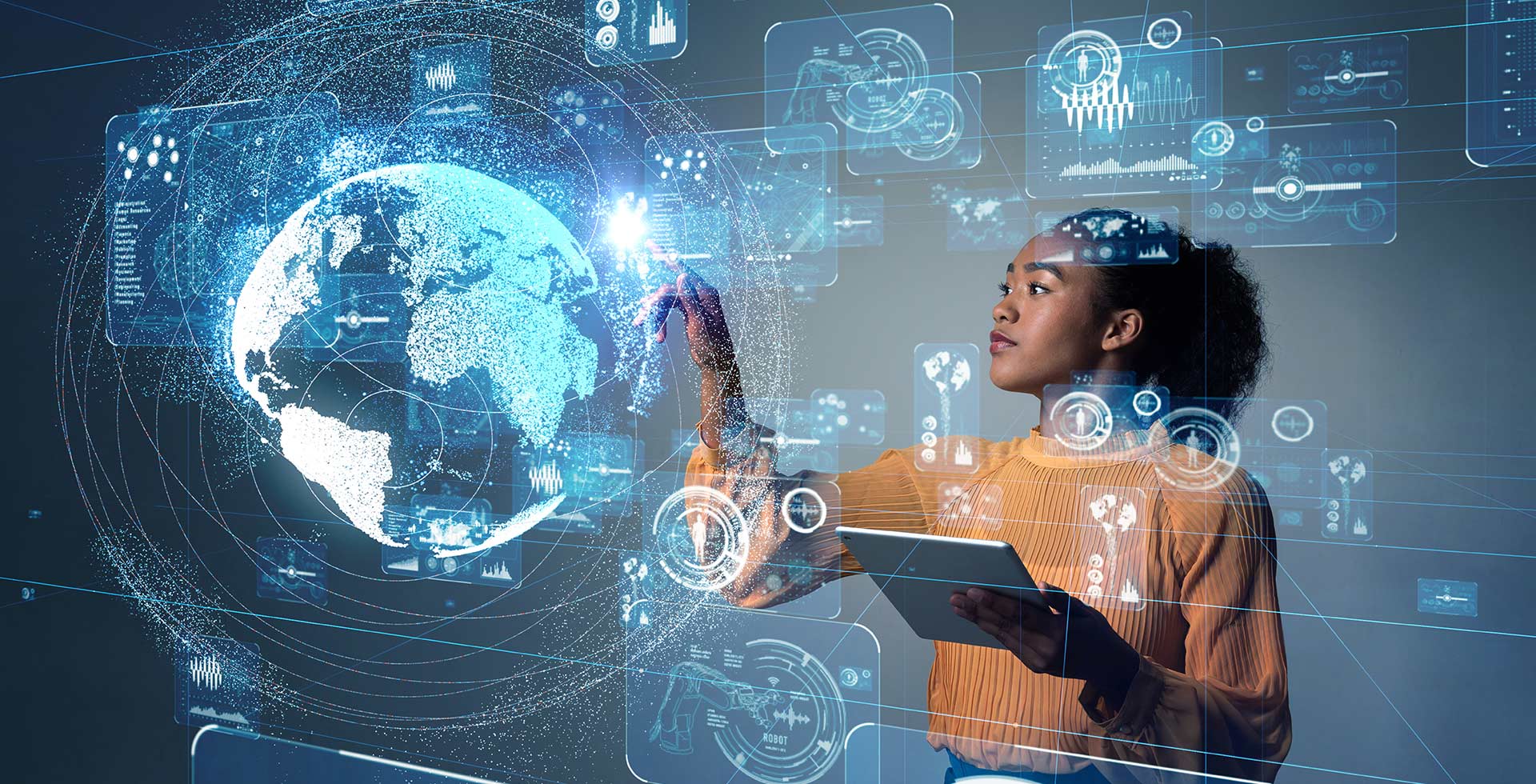
Introduction
In recent years, educational technology, or EdTech, has emerged as a powerful tool that revolutionizes the way we teach and learn. This innovative integration of technology in education has the potential to transform traditional classrooms into dynamic, interactive, and engaging learning environments. From online learning platforms to interactive educational apps, EdTech has opened up a world of possibilities for educators and students alike. In this article, we explore the various facets of educational technology, its impact on modern education, and the benefits it brings to learners of all ages.
The Evolution of Educational Technology
Educational technology has come a long way since its inception. It has evolved from simple audio-visual aids like projectors and educational films to sophisticated digital platforms and immersive virtual reality experiences. With each advancement, the effectiveness of technology in enhancing the learning process has only grown stronger.
Advantages of Educational Technology
1. Personalized Learning
EdTech enables personalized learning experiences, catering to the individual needs and preferences of each student. Adaptive learning algorithms analyze a student’s performance and provide tailored content, pacing, and difficulty levels. This approach ensures that students can grasp concepts at their own pace, reducing frustration and boosting self-confidence.
2. Access to Quality Education
Educational technology has broken down the barriers of traditional education. Students from all corners of the globe can access high-quality educational resources and courses from prestigious institutions. This accessibility has democratized education and brought opportunities to those who previously had limited access.
3. Interactive Learning
Traditional textbooks and one-sided lectures can often lead to disengagement among students. EdTech introduces interactive elements like simulations, quizzes, and games that make learning enjoyable and participative. Students become active participants in the learning process, enhancing their understanding and retention of information.
4. Real-World Applications
Incorporating technology in education allows students to explore real-world applications of theoretical concepts. For instance, virtual laboratories enable budding scientists to conduct experiments in a risk-free environment. This practical exposure enhances their problem-solving skills and prepares them for the challenges of the future.
5. Enhanced Teacher-Student Communication
EdTech tools facilitate seamless communication between teachers and students. Online portals and messaging systems enable quick feedback, clarification of doubts, and continuous monitoring of progress. This enhanced communication fosters a supportive learning environment and strengthens the teacher-student bond.
The Role of Artificial Intelligence in EdTech
Artificial Intelligence (AI) has emerged as a game-changer in educational technology. AI-powered educational applications can analyze vast amounts of data and deliver insights to educators and institutions. Here’s how AI is transforming education:
1. Intelligent Tutoring Systems
AI-driven tutoring systems act as virtual tutors, providing personalized guidance to students based on their strengths and weaknesses. These systems use machine learning algorithms to adapt their teaching methods, ensuring that each student receives a tailored learning experience.
2. Automated Grading and Assessment
Grading and assessment can be time-consuming tasks for educators. AI automates this process, providing instant feedback to students and relieving teachers of administrative burdens. This enables educators to focus more on teaching and mentoring students.
3. Data-Driven Decision Making
AI helps educational institutions make data-driven decisions to enhance their teaching methodologies and curriculum. By analyzing student performance data, institutions can identify areas that need improvement and implement targeted interventions.
4. Early Intervention and Support
AI tools can detect early signs of learning difficulties in students. By identifying these issues at an early stage, educators can provide timely support and intervention to ensure that struggling students receive the help they need to succeed.
Challenges and Concerns
While educational technology offers numerous benefits, it is not without its challenges and concerns. Some of the key issues include:
1. Access Disparities
Despite the increasing accessibility of technology, there are still disparities in access to EdTech resources, particularly in underserved communities and developing regions. Bridging this digital divide remains a critical challenge.
2. Data Privacy and Security
The integration of technology in education generates vast amounts of data. Ensuring the privacy and security of student data is of utmost importance to protect them from potential breaches and misuse.
3. Overreliance on Technology
While technology is a valuable tool, overreliance on EdTech can diminish the significance of face-to-face interactions and human connections in the learning process.
4. Professional Development for Educators
To effectively integrate educational technology in classrooms, educators need proper training and support. Providing adequate professional development opportunities for teachers is essential to maximize the benefits of EdTech.
The Future of EdTech
The future of educational technology is bright and promising. As technology continues to advance, we can expect to see more innovative solutions that further enhance the learning experience. Some of the exciting developments on the horizon include:
1. Augmented Reality (AR) and Virtual Reality (VR)
AR and VR technologies have the potential to transform the way students perceive and interact with information. Immersive experiences can transport students to historical events, far-off lands, or even inside the human body, making learning more engaging and memorable.
2. Gamification of Learning
Gamification incorporates gaming elements into the learning process, making it fun and rewarding. Points, badges, and leaderboards motivate students to achieve their learning goals and foster healthy competition.
3. Personal AI Assistants
Imagine having a personal AI assistant that knows your learning preferences, schedules, and goals. These AI companions can provide timely reminders, suggest relevant study materials, and offer valuable insights to optimize the learning journey.
4. Blockchain for Credentialing
Blockchain technology can revolutionize the way educational credentials are verified and shared. It offers a secure and tamper-proof method of storing and accessing academic records, making the credentialing process more efficient and transparent.
Conclusion
Educational technology has undoubtedly transformed the landscape of education. From personalized learning experiences to the integration of AI-powered tools, the possibilities for enhancing the learning process are boundless. As we embrace the potential of EdTech, it is crucial to address the challenges and ensure equitable access to these technological advancements. By doing so, we can create a future where education is not only more effective but also more inclusive and accessible to learners worldwide.









